I installed OpenCV3.2 + python3.6.1 from this installation guide. (For the paths needed in guide I typed:
Edit: I'm not sure, but I guess that I should install opencv under 3.6, not 3.6.1, please don't use my paths for your installation!
/usr/local/Cellar/python3/3.6.1/Frameworks/Python.framework/Versions/3.6/lib/python3.6/config-3.6m-darwin/libpython3.6.dylib
and
ls -d /usr/local/Cellar/python3/3.6.1/Frameworks/Python.framework/Versions/3.6/include/python3.6m/)
My testing code is completely the same as the tutorial of OpenCV 3.2 documentation, but the output screen show nothing but a title:
import numpy as np
import cv2
img = cv2.imread('1.jpg',0)
cv2.imshow('image', img)
cv2.waitKey(0)
The result:
 As the picture shown the content of the image is missing.
As the picture shown the content of the image is missing.
and it seems that it has something to do with my python, the icon is broken:
Please help me! I just want to use opencv for my school project...
